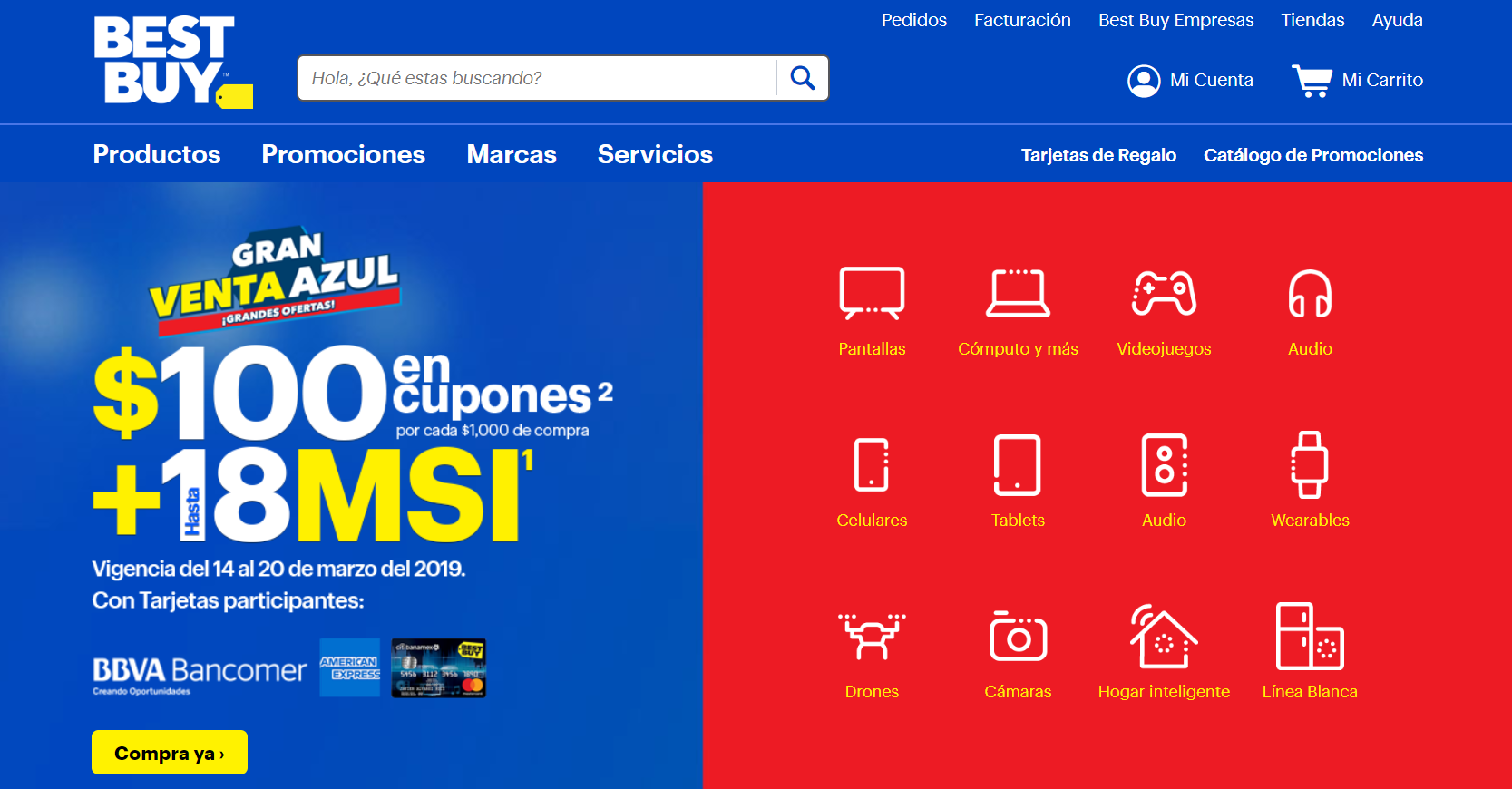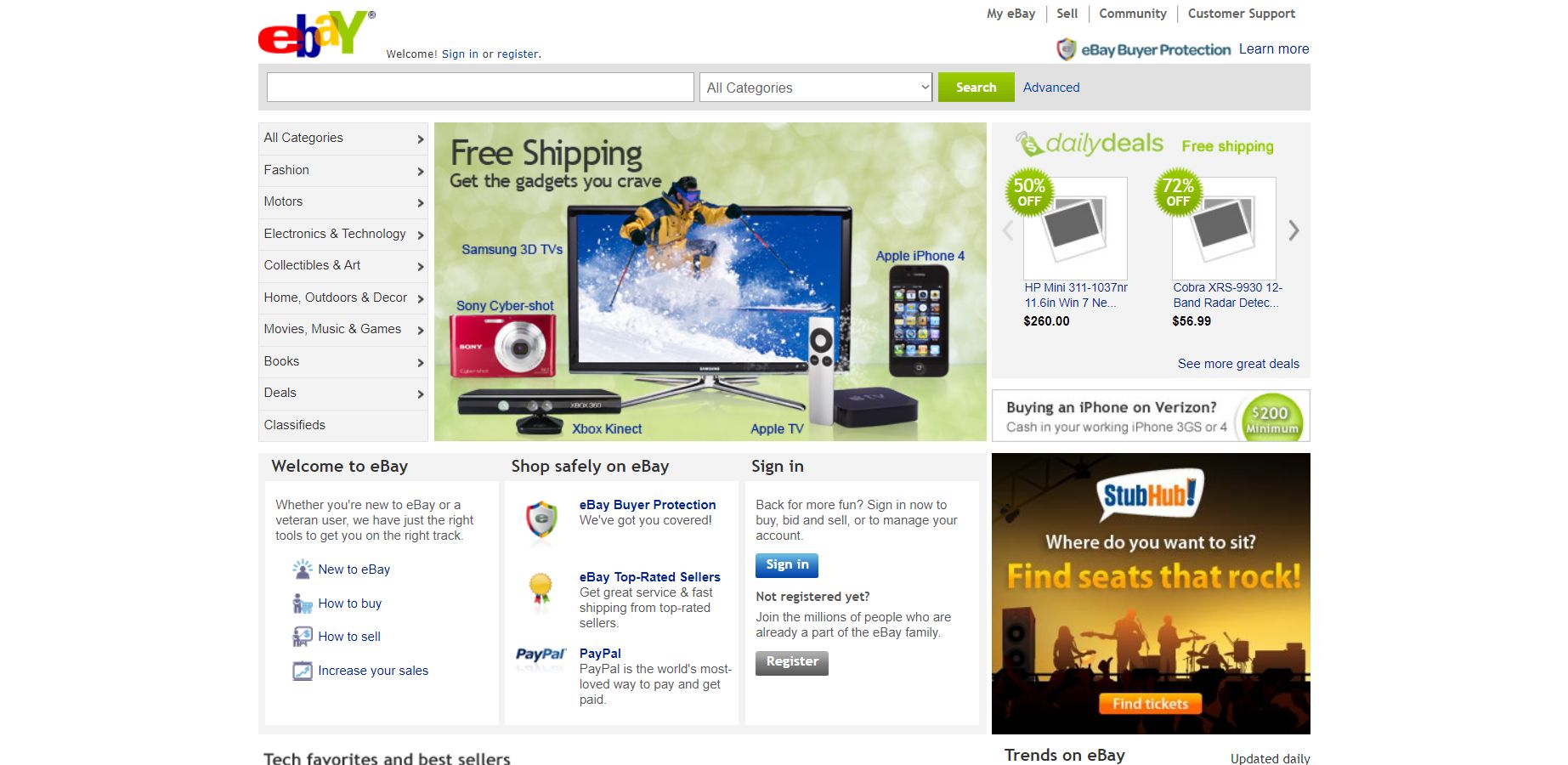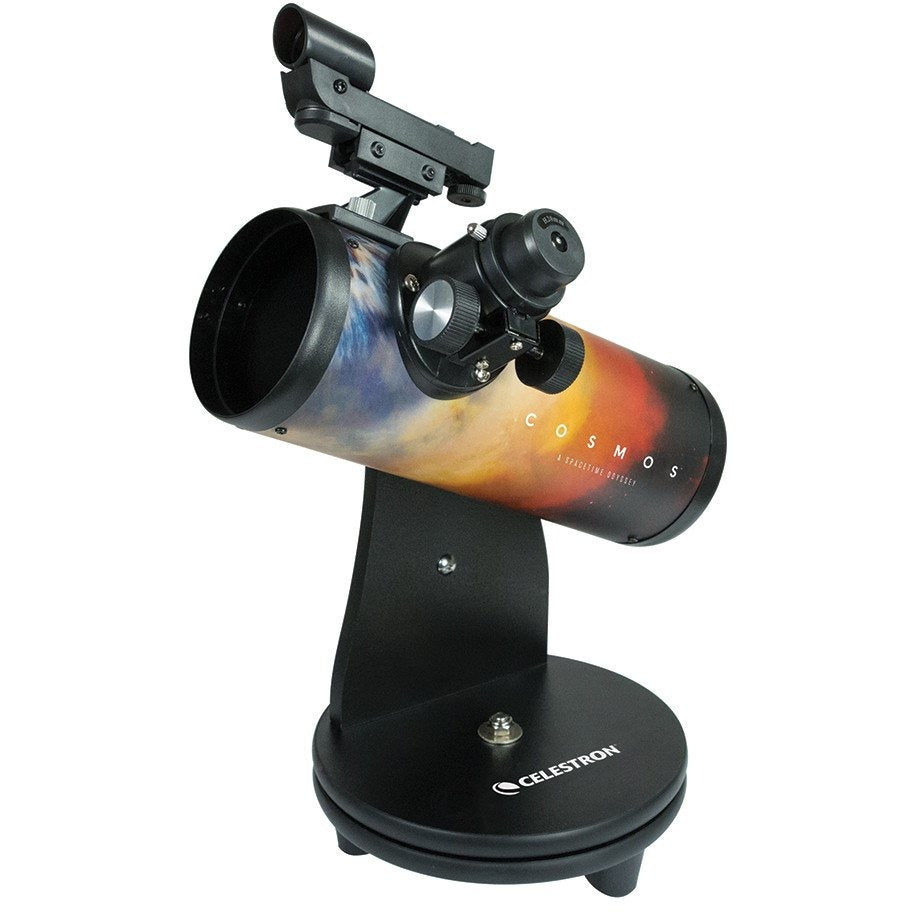The Complete Guide To Celestron Cosmos: Specifications, Pros And Cons, Troubleshooting, And Buying Tips
Celestron Cosmos Information
the information about the Celestron Cosmos telescope:
Introduction
The Celestron Cosmos is a great telescope for beginners. It's easy to set up and use, and it provides clear views of the moon, planets, and stars. The Cosmos is a Newtonian reflector telescope, which means that it uses a mirror to reflect light into the eyepiece. This type of telescope is known for its sharp images and wide field of view.
Image
Specifications
| Specification | Value |
|---|---|
| Optical system | Newtonian reflector |
| Aperture | 203.2 mm (8 inches) |
| Focal length | 1000 mm |
| Magnification | 20x-60x |
| Eyepieces | 20 mm and 4 mm |
| Finderscope | 5x24 mm |
| Tripod | Alt-azimuth |
| Weight | 7.7 kg (17 lbs) |
Features
- Easy to set up and use
- Clear views of the moon, planets, and stars
- Wide field of view
- Durable construction
- Affordable price
What's in the box
- Celestron Cosmos telescope
- 20 mm and 4 mm eyepieces
- 5x24 mm finderscope
- Alt-azimuth tripod
- Carrying case
- Starry Night software
- Moon map
Conclusion
The Celestron Cosmos is a great telescope for beginners who want to get started in astronomy. It's easy to use, provides clear views of the night sky, and is affordable. If you're looking for a telescope to get you started in astronomy, the Celestron Cosmos is a great option.
Additional Information
Here are some additional information about the Celestron Cosmos telescope:
- The telescope is made of high-quality materials and is built to last.
- The telescope comes with a carrying case, so you can easily take it with you on stargazing trips.
- The telescope also comes with Starry Night software, which can help you identify objects in the night sky.
If you're interested in learning more about the Celestron Cosmos telescope, you can visit the Celestron website. You can also read reviews of the telescope from other users.
Celestron Cosmos Compare with Similar Item
a table comparing the Celestron Cosmos with two similar products: the Meade Polaris 130 EQ and the Orion SkyQuest XT8.
| Feature | Celestron Cosmos | Meade Polaris 130 EQ | Orion SkyQuest XT8 |
|---|---|---|---|
| Aperture | 90mm | 130mm | 8" |
| Focal length | 1000mm | 900mm | 1200mm |
| Max magnification | 200x | 250x | 400x |
| Mount | Alt-azimuth | Equatorial | Dobsonian |
| Weight | 12.5kg | 15kg | 13.6kg |
| Price | $399 | $499 | $449 |
Advantages of the Celestron Cosmos
- Smaller and lighter than the other two telescopes, making it easier to transport and set up
- Comes with a number of accessories, including a finderscope, eyepieces, and a carrying case
- Has a built-in database of over 40,000 celestial objects
Advantages of the Meade Polaris 130 EQ
- Larger aperture and focal length than the Celestron Cosmos, providing better image quality
- Equatorial mount makes it easier to track objects as they move across the sky
- Comes with a Starfinder red dot finderscope for quick and easy object alignment
Advantages of the Orion SkyQuest XT8
- Largest aperture and focal length of the three telescopes, providing the best image quality
- Dobsonian mount is very stable and easy to use
- Relatively inexpensive for an 8" telescope
Overall
The Celestron Cosmos is a good choice for beginners who are looking for a compact and easy-to-use telescope. The Meade Polaris 130 EQ is a better choice for those who want a telescope with better image quality and tracking capabilities. The Orion SkyQuest XT8 is the best choice for those who want the best possible image quality and are willing to sacrifice portability.
Ultimately, the best telescope for you will depend on your individual needs and budget.
Celestron Cosmos Where To Buy
some places where you can buy Celestron Cosmos telescopes and spare parts:
- Direct from Celestron: Celestron sells its telescopes and spare parts directly on its website. This is a good option if you want to be sure that you are getting genuine Celestron products.

- Walmart: Walmart is a major retailer that sells a wide variety of products, including Celestron telescopes. You can often find good deals on Celestron telescopes at Walmart.

- Amazon: Amazon is another major retailer that sells Celestron telescopes. Amazon often has competitive prices on Celestron telescopes, and you can often find discounts and coupons.

- Best Buy: Best Buy is a major electronics retailer that also sells telescopes. Best Buy is a good option if you are looking for a Celestron telescope that you can pick up in-store.

- Lowe's: Lowe's is a home improvement retailer that also sells telescopes. Lowe's is a good option if you are looking for a Celestron telescope that you can pick up in-store.

- eBay: eBay is an online auction site where you can find a wide variety of Celestron telescopes, including new and used telescopes. eBay is a good option if you are looking for a good deal on a Celestron telescope.

The price of a Celestron Cosmos telescope will vary depending on the retailer and the specific model of telescope. However, you can expect to pay between $300 and $700 for a Celestron Cosmos telescope.
Spare parts for Celestron Cosmos telescopes are also available from a variety of retailers. The price of spare parts will vary depending on the specific part. However, you can expect to pay between $10 and $100 for most spare parts.
I hope this helps!
Celestron Cosmos Problems and Solutions
some common issues and problems with the Celestron Cosmos and their solutions:
- The telescope won't turn on.
- Make sure that the power switch is turned on.
- Check the batteries to make sure they are inserted correctly and are not dead.
- If the telescope is plugged in, make sure that the power cord is properly connected to the telescope and to an outlet.
- The telescope is not tracking objects.
- Make sure that the tracking mode is turned on.
- Check the alignment of the telescope.
- If the telescope is still not tracking objects, try restarting it.
- The image is blurry.
- Make sure that the telescope is properly collimated.
- Adjust the focus knob until the image is sharp.
- If the image is still blurry, try using a higher magnification eyepiece.
- The telescope is not finding objects.
- Make sure that the telescope is properly aligned.
- Use a star chart or planetarium software to help you find objects.
- If you are still having trouble finding objects, try using a higher magnification eyepiece.
Here are some additional tips from experts to help you troubleshoot problems with your Celestron Cosmos:
- Check the manual. The manual for your Celestron Cosmos should include a troubleshooting section that can help you diagnose and fix common problems.
- Contact Celestron customer support. If you are unable to fix the problem yourself, you can contact Celestron customer support for help. They will be able to troubleshoot the problem and provide you with additional instructions.
- Join an astronomy forum. There are many astronomy forums where you can ask questions and get help from other astronomers. This can be a great way to troubleshoot problems with your Celestron Cosmos and learn more about astronomy.
I hope this helps!



Comments
Post a Comment